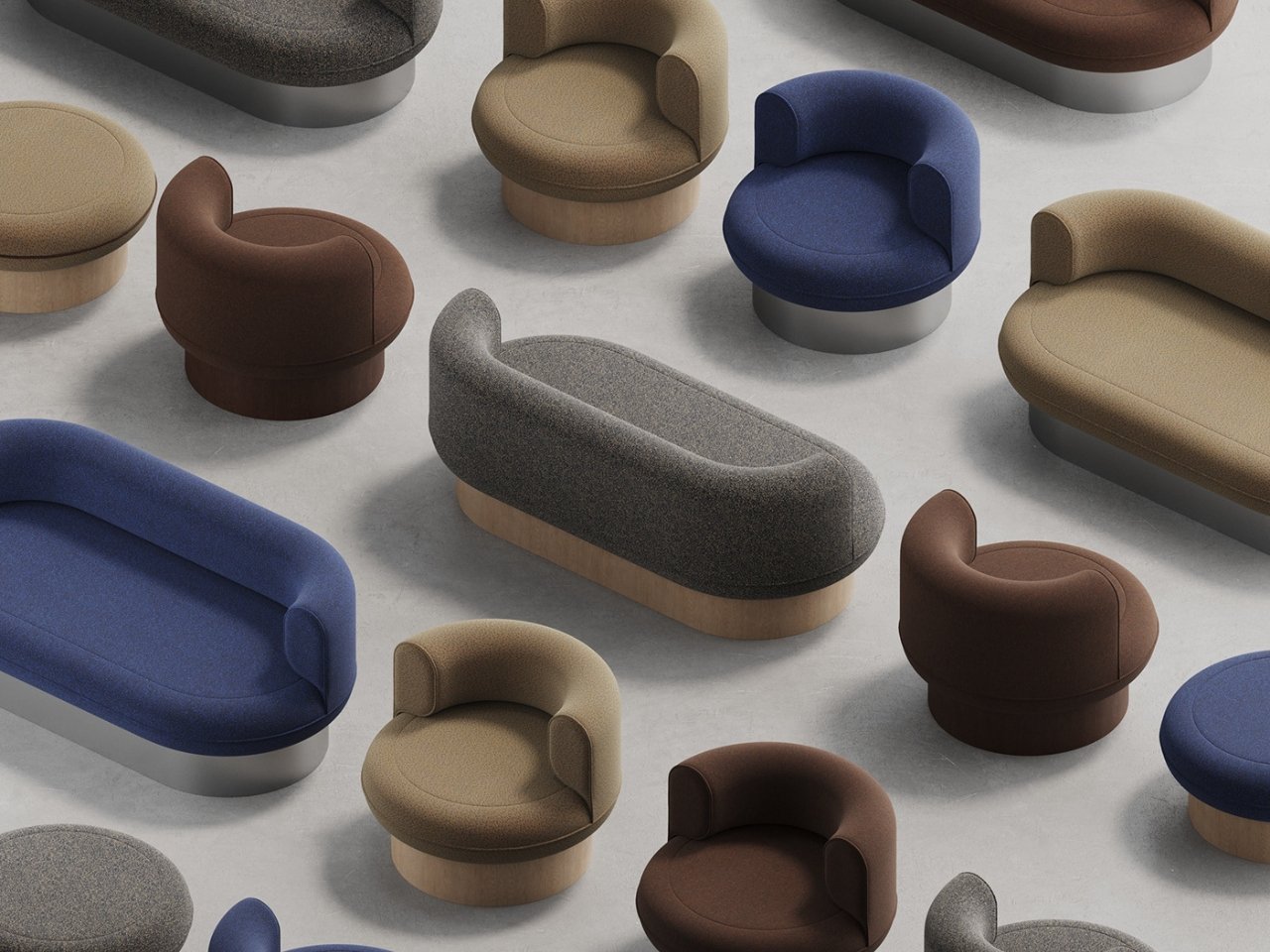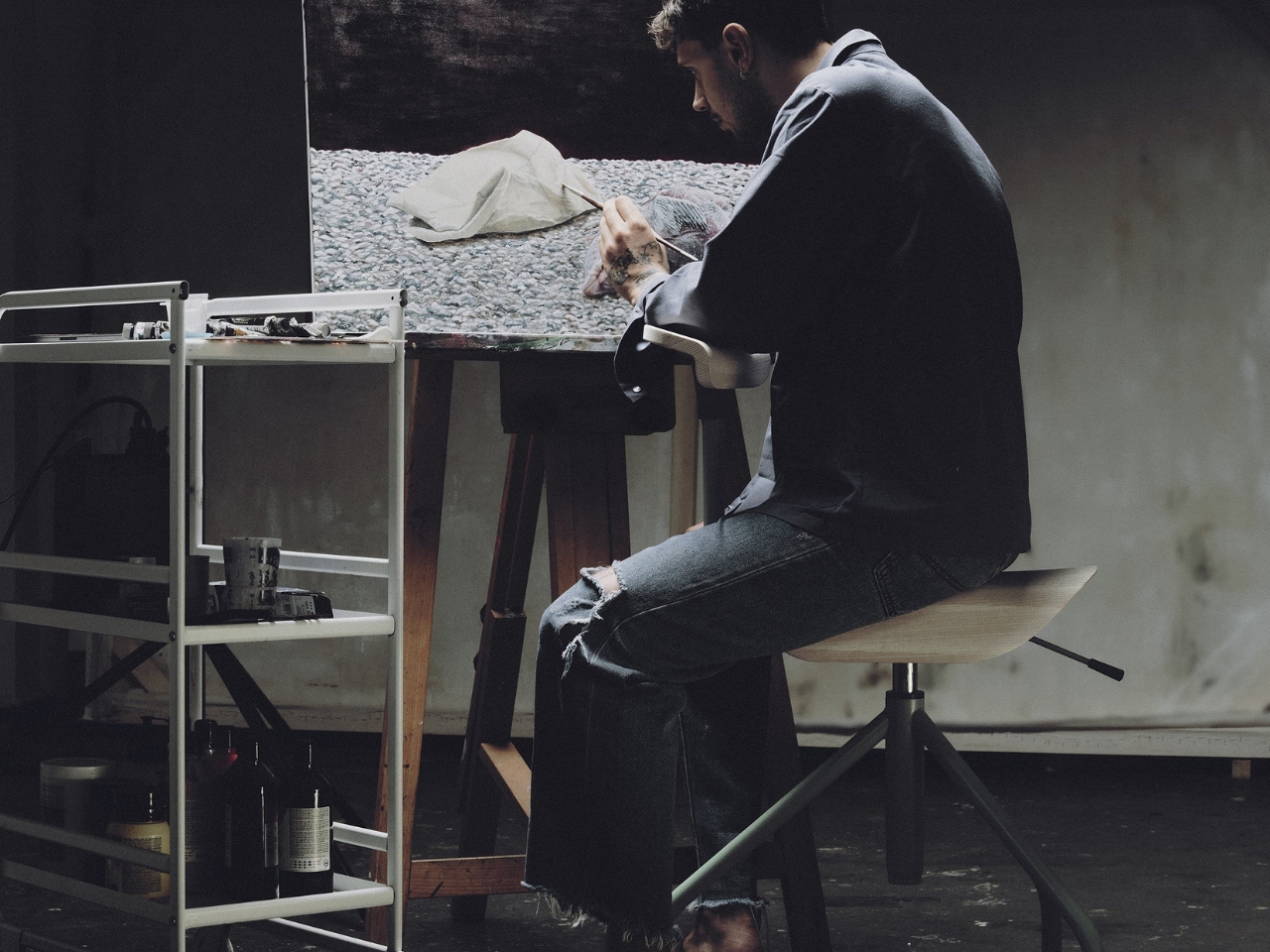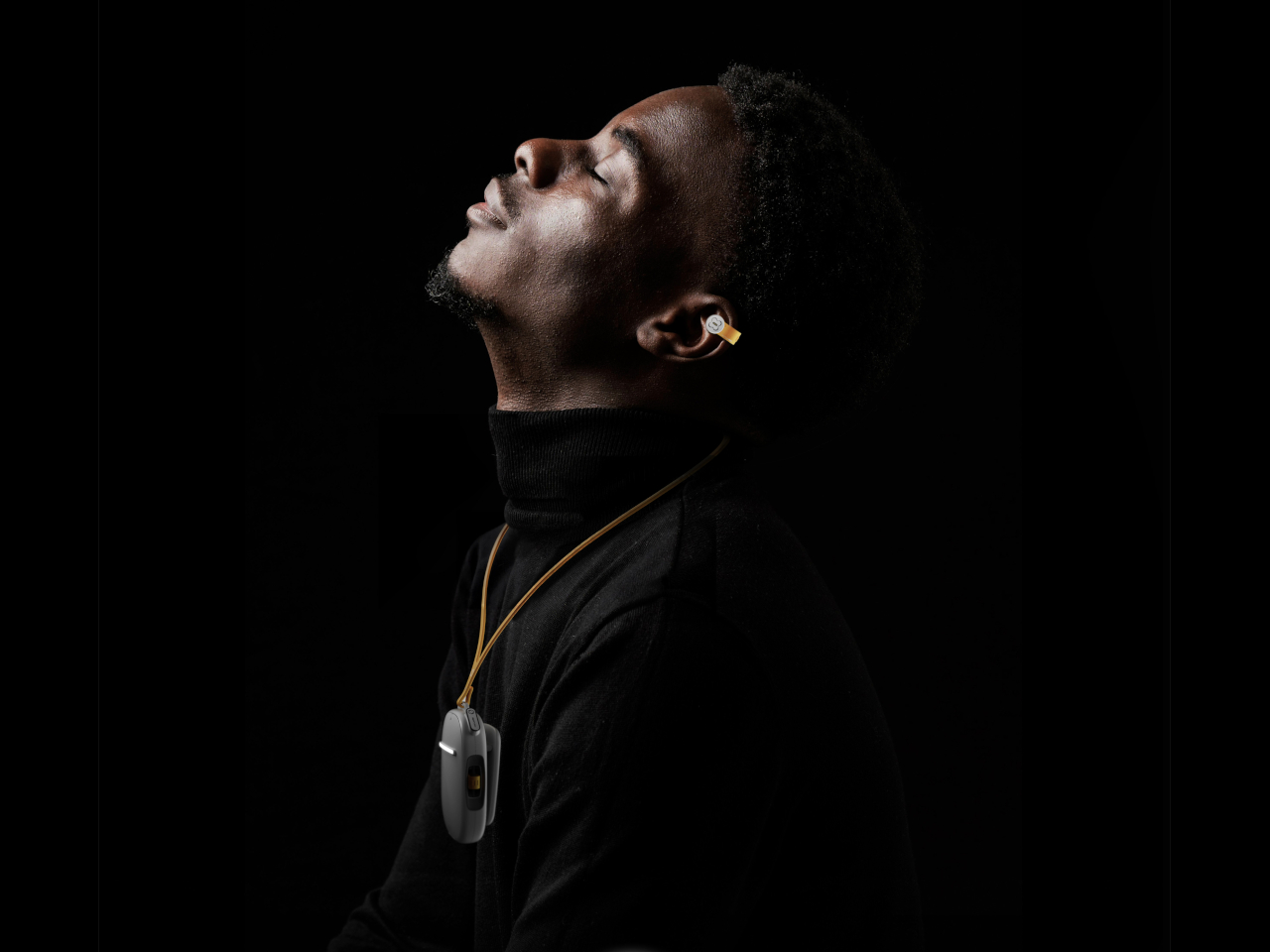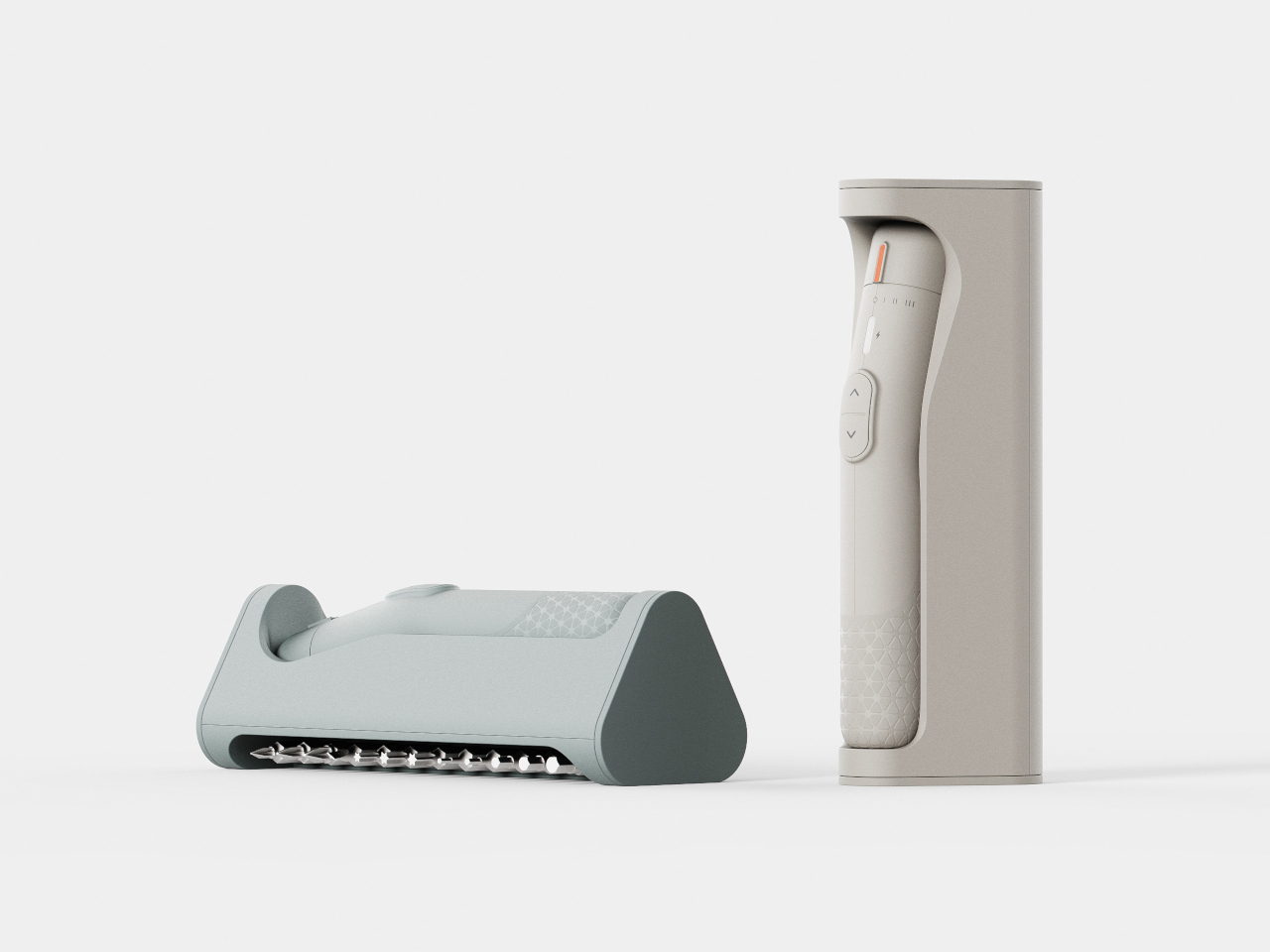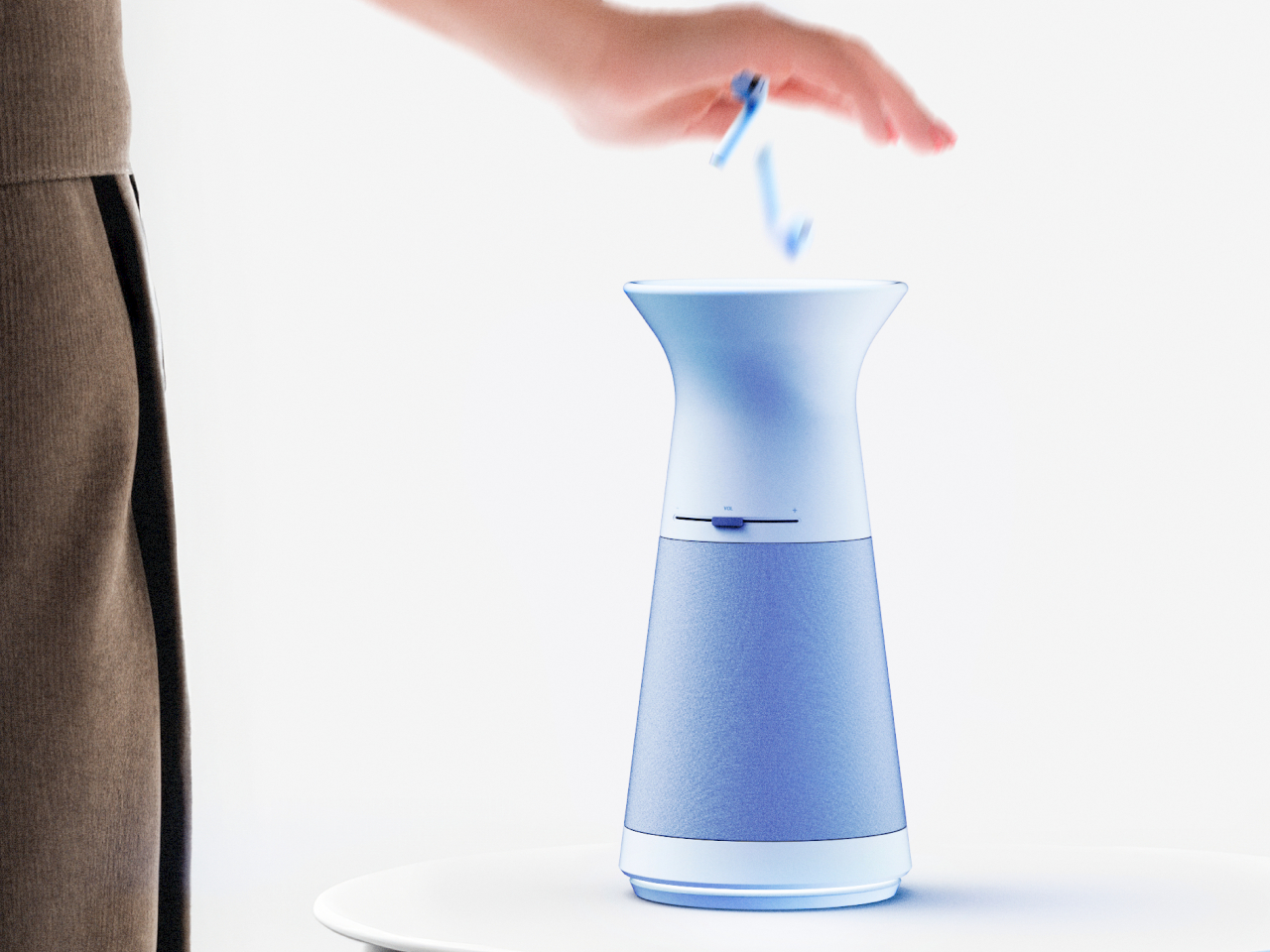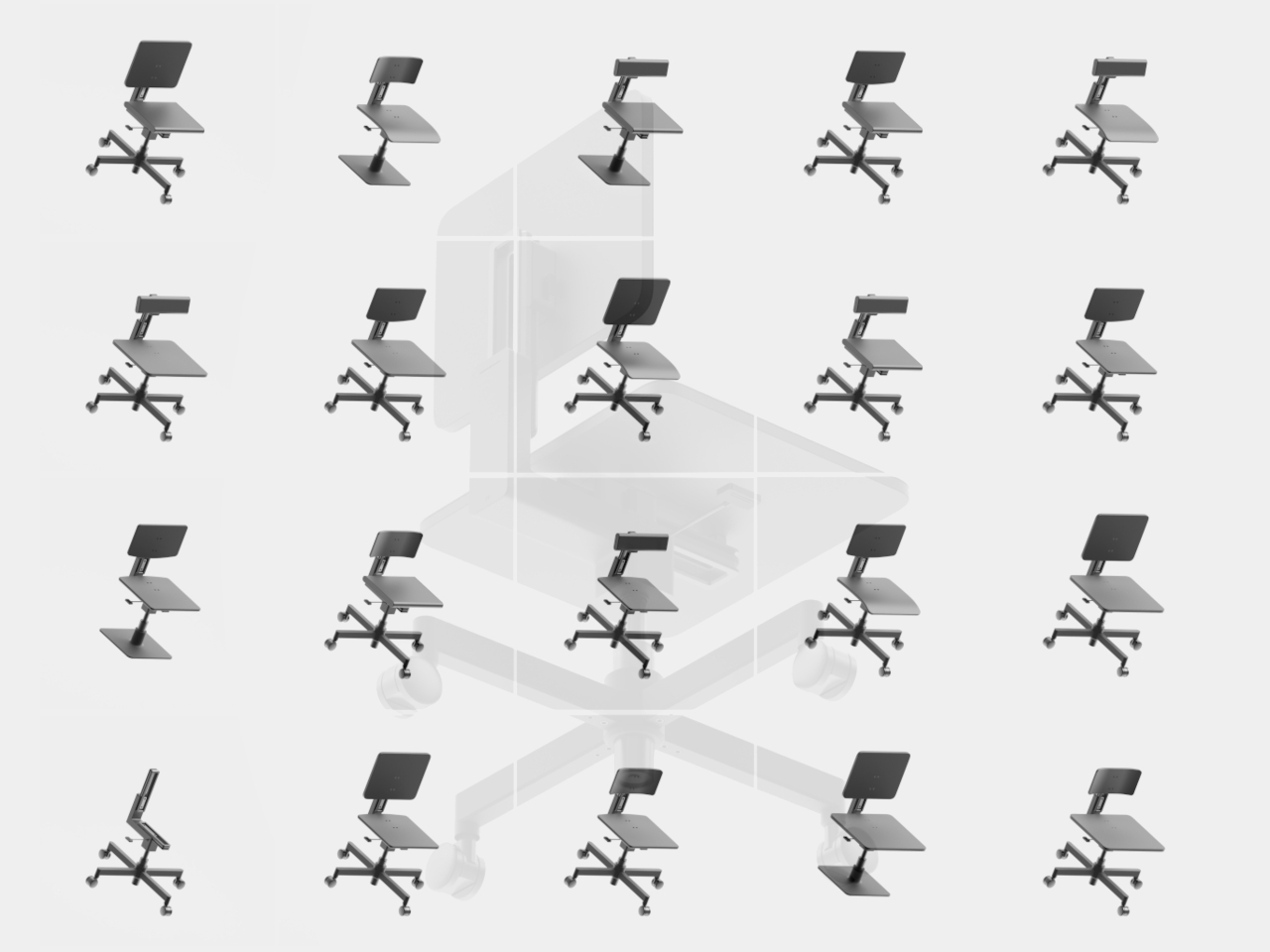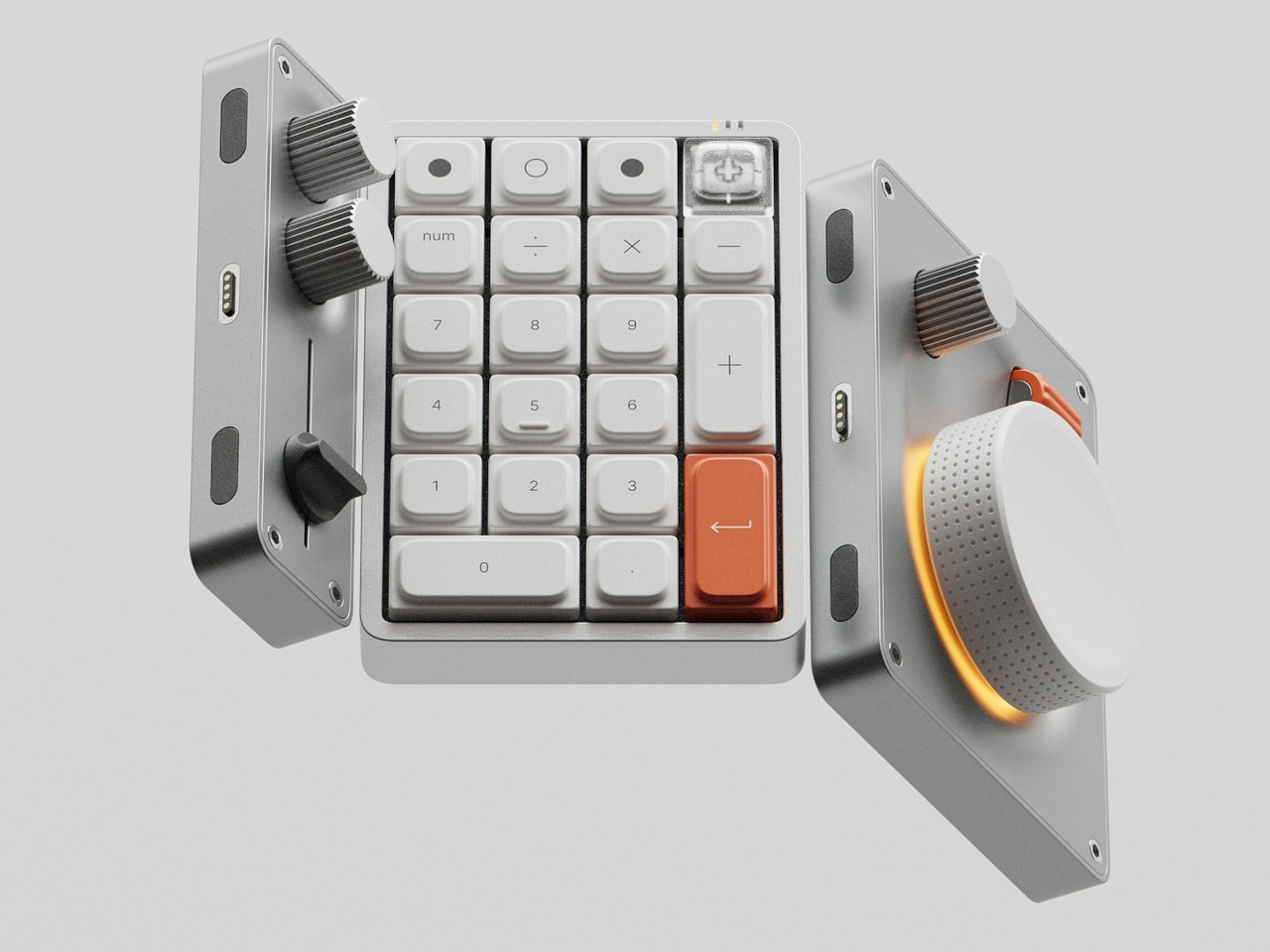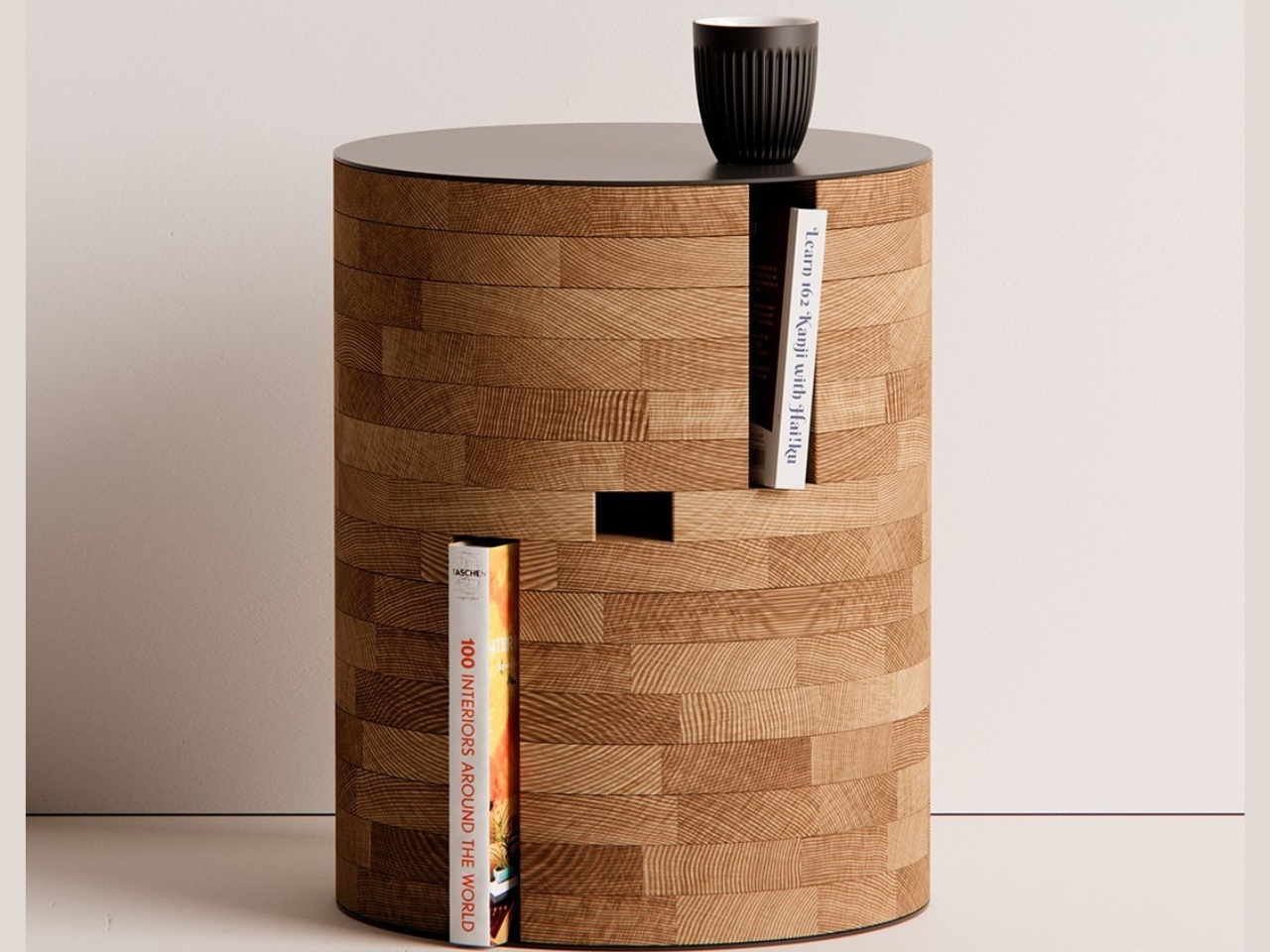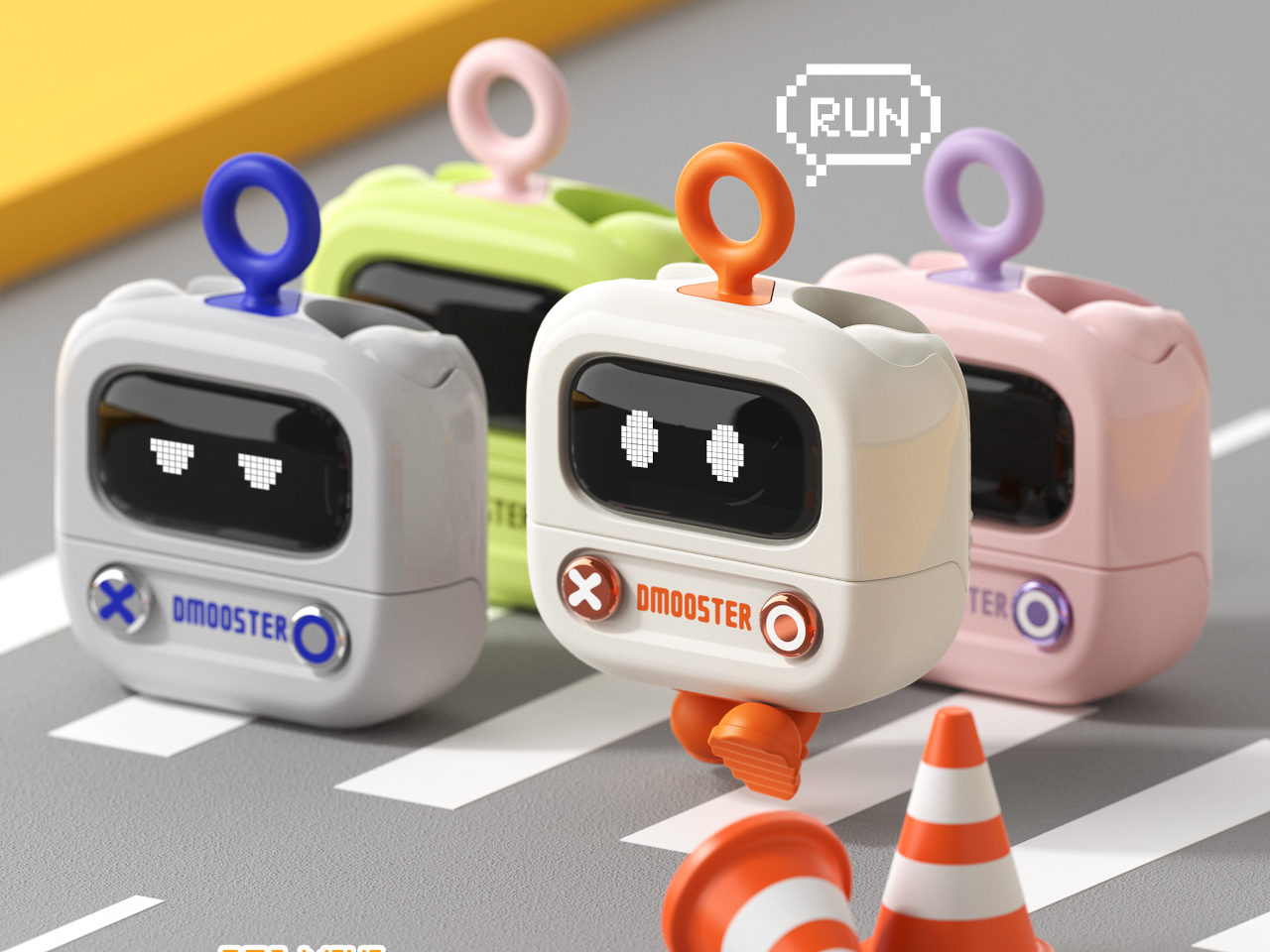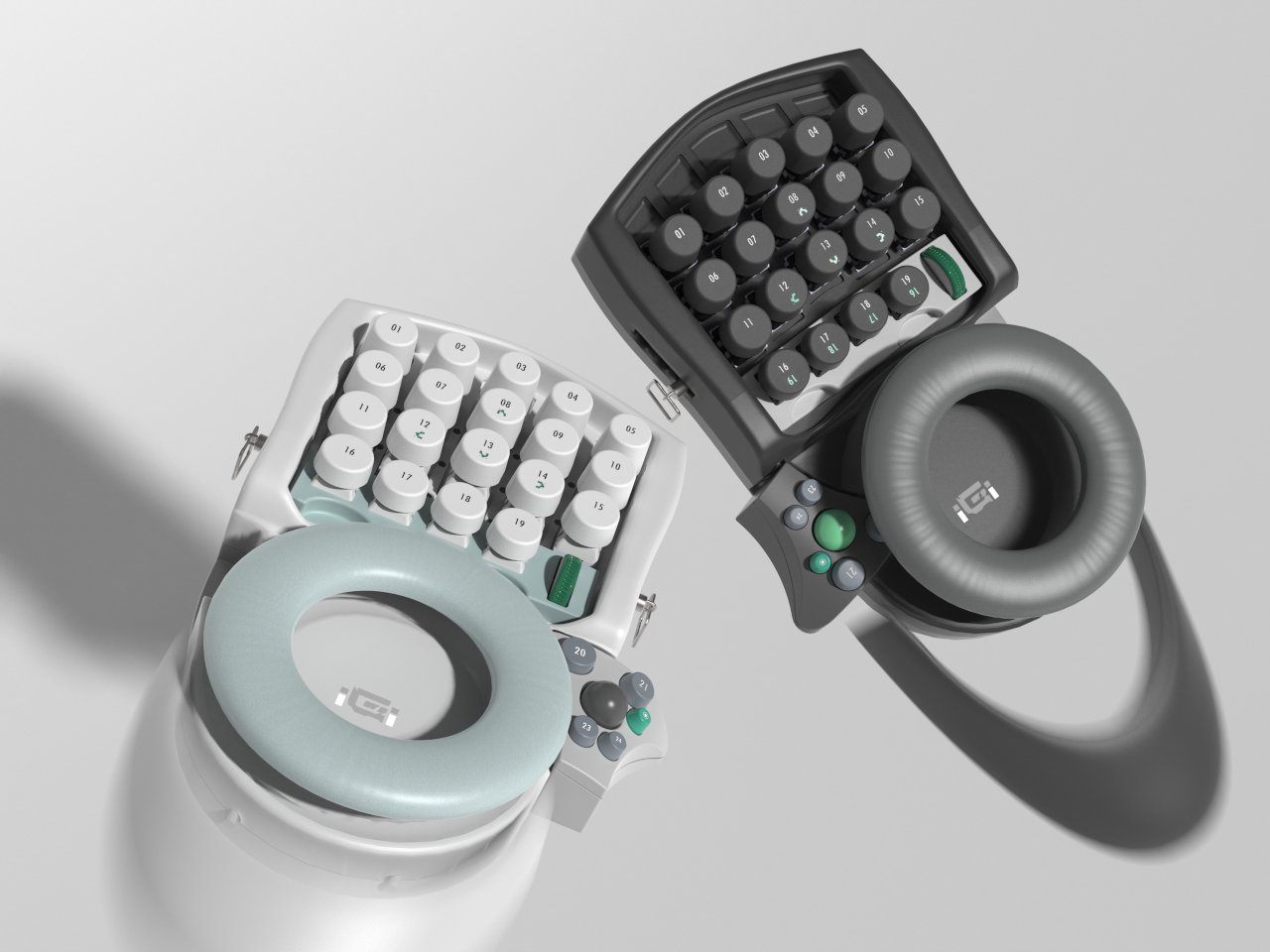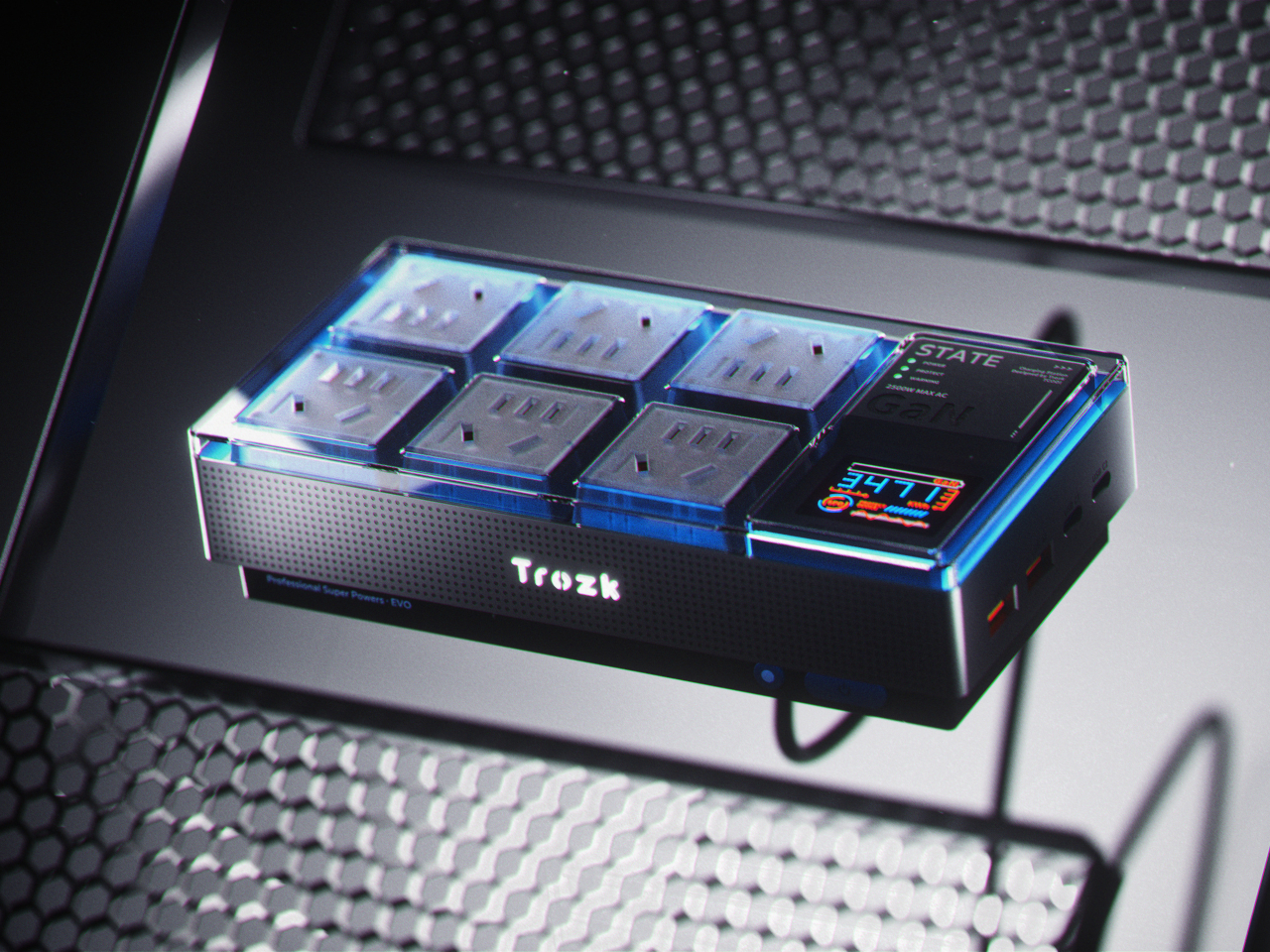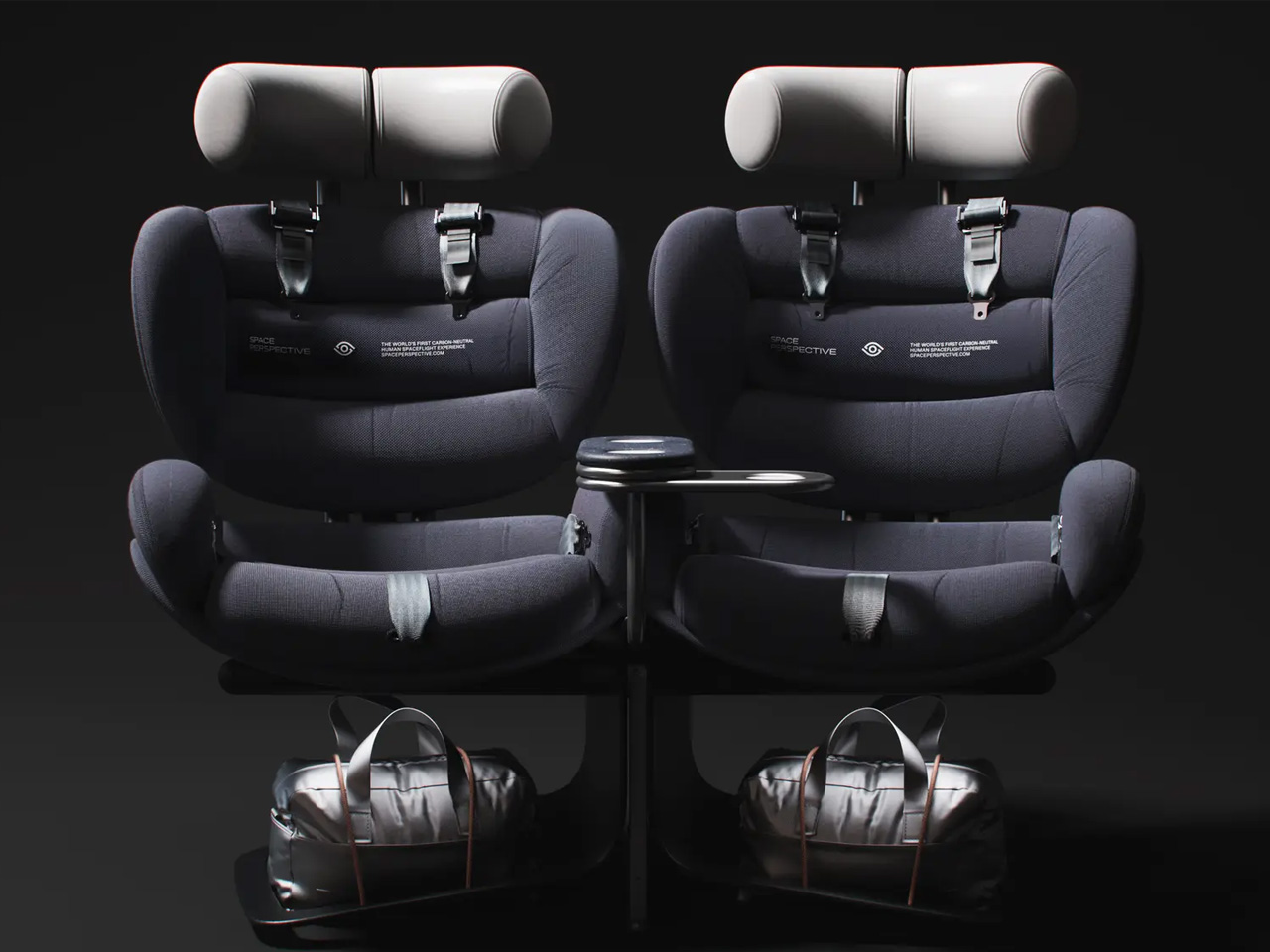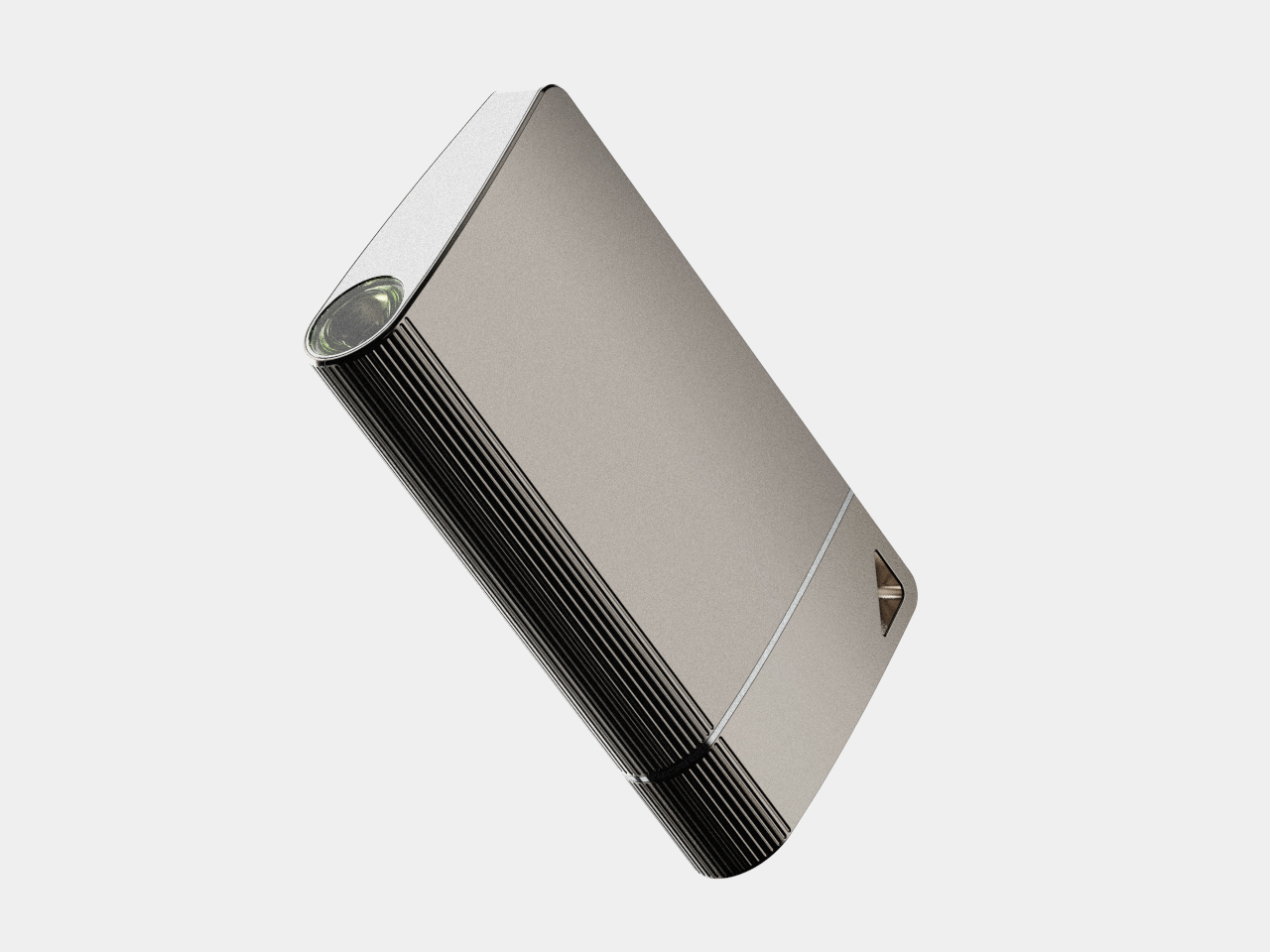Soft furniture concept lets you place comfort on a pedestal
![]()
When looking at options for furniture for their new or current house, people either look at the design and aesthetics while some prefer the more comfortable ones over the ones that would look good in their space. But of course there are those that can probably offer you both so wouldn’t you want to have something that looks good in your space and also is pretty comfortable that you’d want to use it for a long time?
Designer: Mudu Studios
![]()
![]()
SOLO is a concept for a furniture collection that could offer both comfort and design. The focal point of this collection is the plush upholstery that is seemingly placed on a pedestal because of the materials used. The collection includes an armchair, sofa, and a pouf, all of which feature a soft aesthetic, in contrast to the metal or natural veneer of the base which acts like a pedestal to showcase the luxuriously soft upholstery and textile. This contrast highlights the plushness of the seating while adding a touch of modern sophistication. Accent seams further enhance the visual appeal, adding subtle detailing and contributing to the overall character of the collection.
![]()
![]()
The collection’s expressive design language allows it to seamlessly integrate into a variety of interior styles, from contemporary minimalist spaces to more eclectic settings. The varied color palette offers a range of options to suit individual preferences and complement existing décor. A standout feature of the SOLO armchair is its innovative twist mechanism. This thoughtful addition enhances comfort and allows users to easily find their perfect lounging position, further emphasizing the collection’s focus on relaxation and well-being. This isn’t just about aesthetics; it’s about creating a harmonious balance between form and function. The elevated design not only adds visual interest but also contributes to the overall comfort by providing optimal support. The combination of soft textiles, a sturdy base, and thoughtful features like the twist mechanism in the armchair make SOLO a truly exceptional collection.
![]()
![]()
![]()
Alas, the SOLO collection is still a concept and they are currently looking for a manufacturer. But to have something that is visually attractive and seemingly comfortable should make it easy for them to eventually find someone that can make this design a reality. I am now currently dreaming of taking a nap on that sofa or reading a book for hours on that armchair or sitting on that pouf while chatting and drinking with friends.
![]()
![]()
The post Soft furniture concept lets you place comfort on a pedestal first appeared on Yanko Design.
